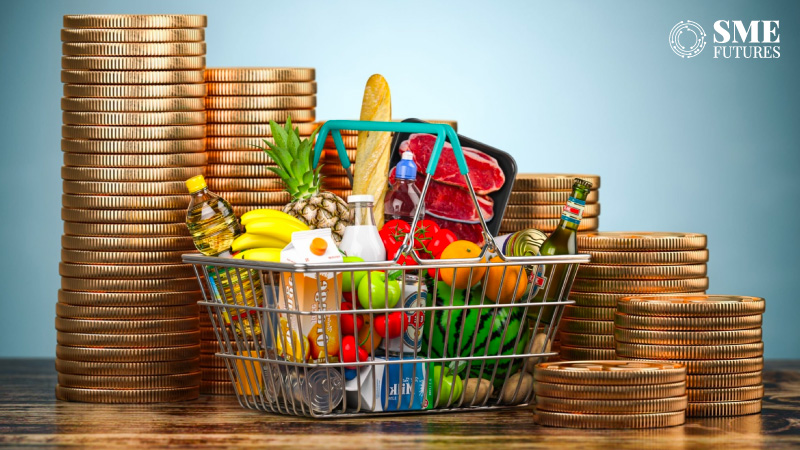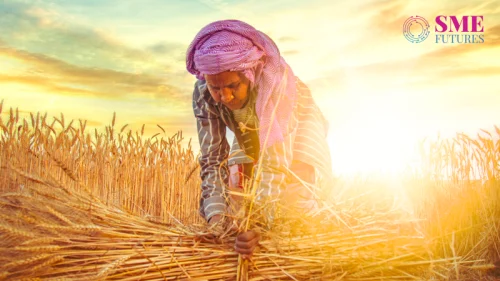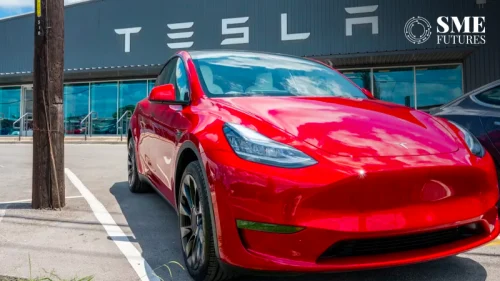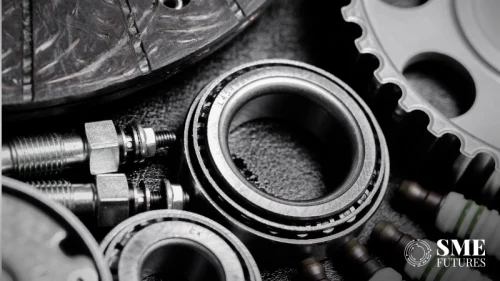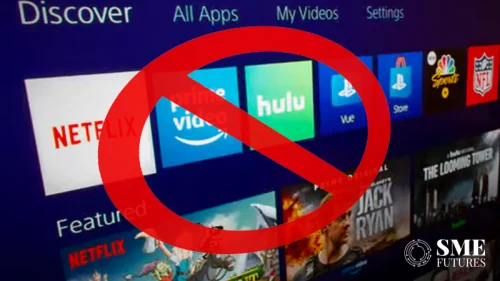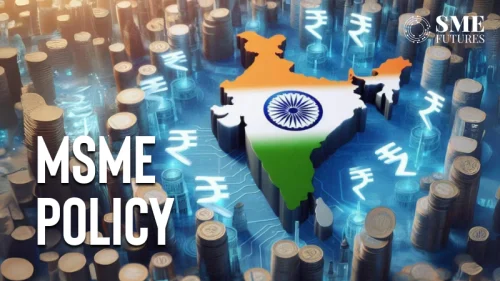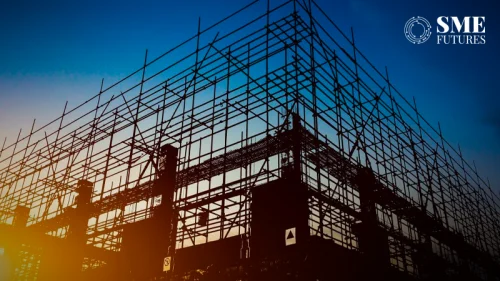India’s retail inflation measured by the Consumer Price Index (CPI), fell to 6.83 per cent in August against 7.44 per cent in July, as food inflation lowered to 9.94 per cent in August from 11.51 per cent in July. Retail inflation in August 2022 was 7 per cent while food inflation was 7.62 per cent.
The retail inflation though remained well above the RBI’s tolerance limit of 6 per cent for the second consecutive month.
Speaking about the reading, Aditi Nayar, Chief Economist, Head Research & Outreach, ICRA said that she expects CPI inflation in the range of 5.3-5.5 per cent in September 2023 which will still entail an average of 6.6 per cent for Q2 FY2024.
“We expect the MPC to remain on hold in October 2023, while continuing to demonstrate caution amid a cloudy outlook for food inflation and elevated crude oil prices.,” she said.
The slide in CPI inflation was due to a fall in prices of vegetables, meat and egg products and fish. There was some moderation in the prints for clothing and footwear, housing and miscellaneous items as well.
Reacting to the slowdown in CPI inflation, Chief Economist & Head-Research at Acuité Ratings & Research, Suman Chowdhury says, “This is a relief to the central bank and also reflects the steps being taken by the Government to cool down food prices.
Nevertheless, concerns about the Kharif crop remain due to deficient rains so far in the current monsoon and the potential impact of low reservoir levels on the rabi crop. Pulses inflation along with cereal inflation continues to be in double digits. We believe that food inflation will continue to be a risk factor over the next six months though the near-term pressures have subsided. Further, the rising crude oil prices at over USD 90 pb need to be monitored, and while the retail fuel prices may not be increased immediately, its impact is set to be felt particularly in the industrial sector.
RBI MPC will keep its eye closely on the inflation data and it is unlikely that they will take any decision on rates over the next few months. The status quo in rates is expected to continue with a tightening bias in system liquidity.”
In contrast, India’s industrial output increased by 5.7 per cent in July compared to a 3.8 per cent increase in June. The IIP increase in July was 5.7 per cent, which is higher than the predicted growth rate of 5 per cent.
Speaking of which, Chowdhury said, “IIP growth in Jul-23 has improved to 5.7 per cent YoY vs 3.8 per cent YoY in Jun-23. The growth in the manufacturing sector stood at 4.7 per cent YoY although on a sequential basis, the output has been largely stagnant. The major growth drivers in the manufacturing sector were higher production of metals, pharmaceuticals and automotive.
The mining sector has benefitted from the delayed rainfall across the country, leading to a YoY output growth of 10.7 per cent during the month but its performance will be impacted by the seasonality factor. Typically, the electricity sector witnesses a decline in generation during the monsoon months but given the lack of consistency in the rainfall, the output has been relatively stable in the current quarter. Power demand and generation are estimated to have increased further in August due to the nationwide deficiency in rainfall.
It is encouraging to see both annualized and sequential output growth in the consumer goods sector in July and this is likely to be due to the stocking requirements before the festive season. However, any sustained growth in consumer goods will require a consistently favourable demand scenario.
Cumulatively, IIP has grown by 4.8 per cent YoY in the first four months of the fiscal which we believe is healthy. We expect IIP to maintain such a trend for FY24 as a whole although the base factor will not remain as favourable.”

